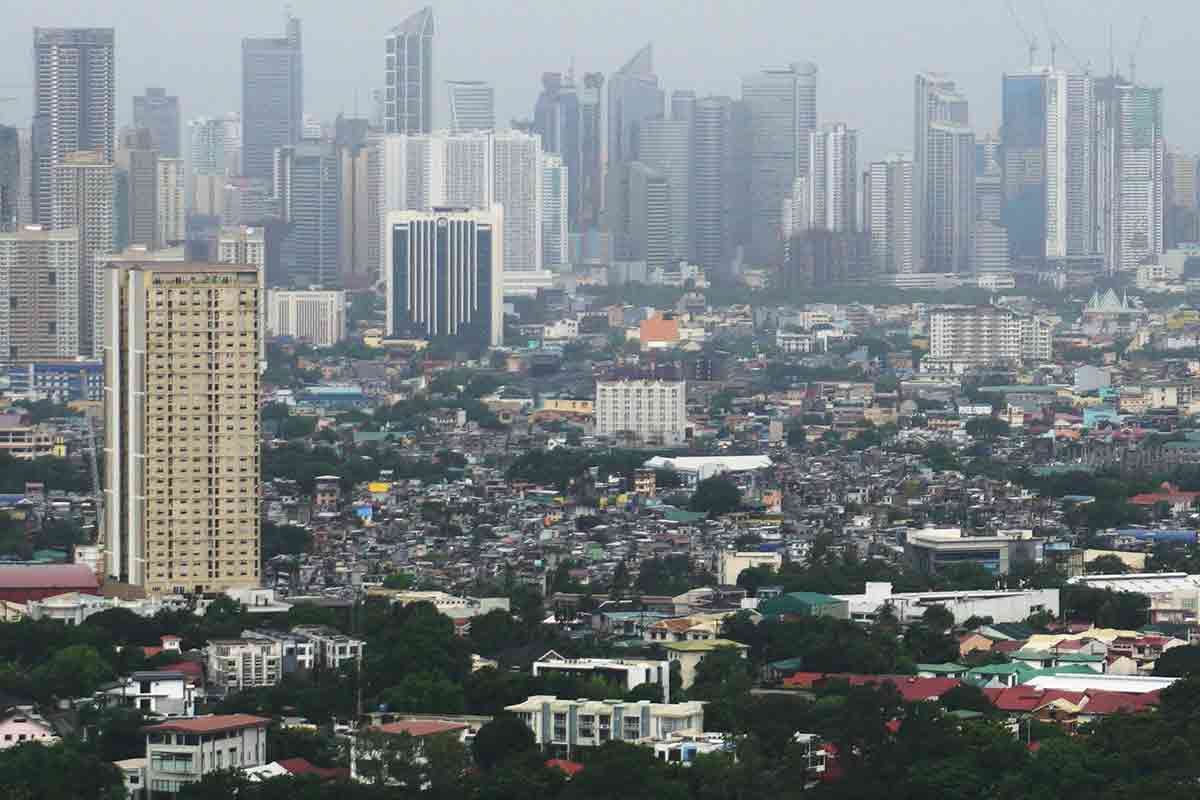The question facing policy makers in the Philippines is not whether to raise interest rates for a third time in a row, but by how much.
A booming economy, surging inflation and pressure on the currency are setting the stage for a 50 basis-point increase in the benchmark rate to four percent on Thursday, according to 17 economists surveyed. That would be the biggest hike since 2008 and follows a similar move by Indonesia as central banks in emerging markets take more aggressive steps to curb the fallout from rising United States (US) rates and a stronger US dollar.
“With rising inflation and inflation expectations, the central bank will likely implement a more aggressive rate increase,” said Euben Paracuelles, an economist at Nomura Holdings Inc. in Singapore, who pencilled in a half-point increase. “We also expect that they will leave the door open for more rate hikes.”
Facing criticism that the central bank was too slow to act, Governor Nestor Espenilla has been preparing the markets for more decisive action, saying he’ll take “strong” steps to rein in inflation after it climbed above five percent. With data on Thursday set to show the economy sustained growth of more than six percent in the second quarter, a rate hike is all but sealed.
Despite the recent rate increases, the economy is expected to remain strong, supported by the government’s massive infrastructure program and robust consumer spending.
“There won’t be any significant spill over to the growth cycle,” said Rahul Bajoria, a senior economist at Barclays Plc. in Singapore, who forecast a quarter-point hike this week.
Regional tightening
Other central banks in Asia are also tightening monetary policy. Indonesia has raised its benchmark rate by one percentage point since May, while India increased its policy rate a second consecutive time in August.
In the Philippines, higher global oil costs, an increase in levies on fuel, sugary drinks and cigarettes and record rice prices boosted inflation to a five-year high of 5.7 percent in July.
Inflation is set to breach the central bank’s two percent to four percent target band in 2018, with the peso’s more than five percent slump against the dollar this year adding to concerns.
The Philippines is the only Southeast Asian economy to have negative real interest rates at -2.2 percent.
Bangko Sentral ng Pilipinas (BSP) raised its benchmark rate by 25 basis points at each of its May and June meetings. The last time the central bank raised the key rate by more than a quarter-point was in July 2008 when it hiked the rate by 50 basis points.
Analysts will be closely looking at the central bank’s rhetoric on Thursday, with officials expected to maintain a hawkish stance.
“A neutral or dovish statement from BSP, even with a 50-basis points hike, is likely to disappoint markets,” Chidu Narayanan, Asia economist at Standard Chartered Plc in Singapore, said in a note this week. “We expect it to maintain a hawkish stance, reiterating its ‘commitment to take decisive action’.” - Bloomberg
